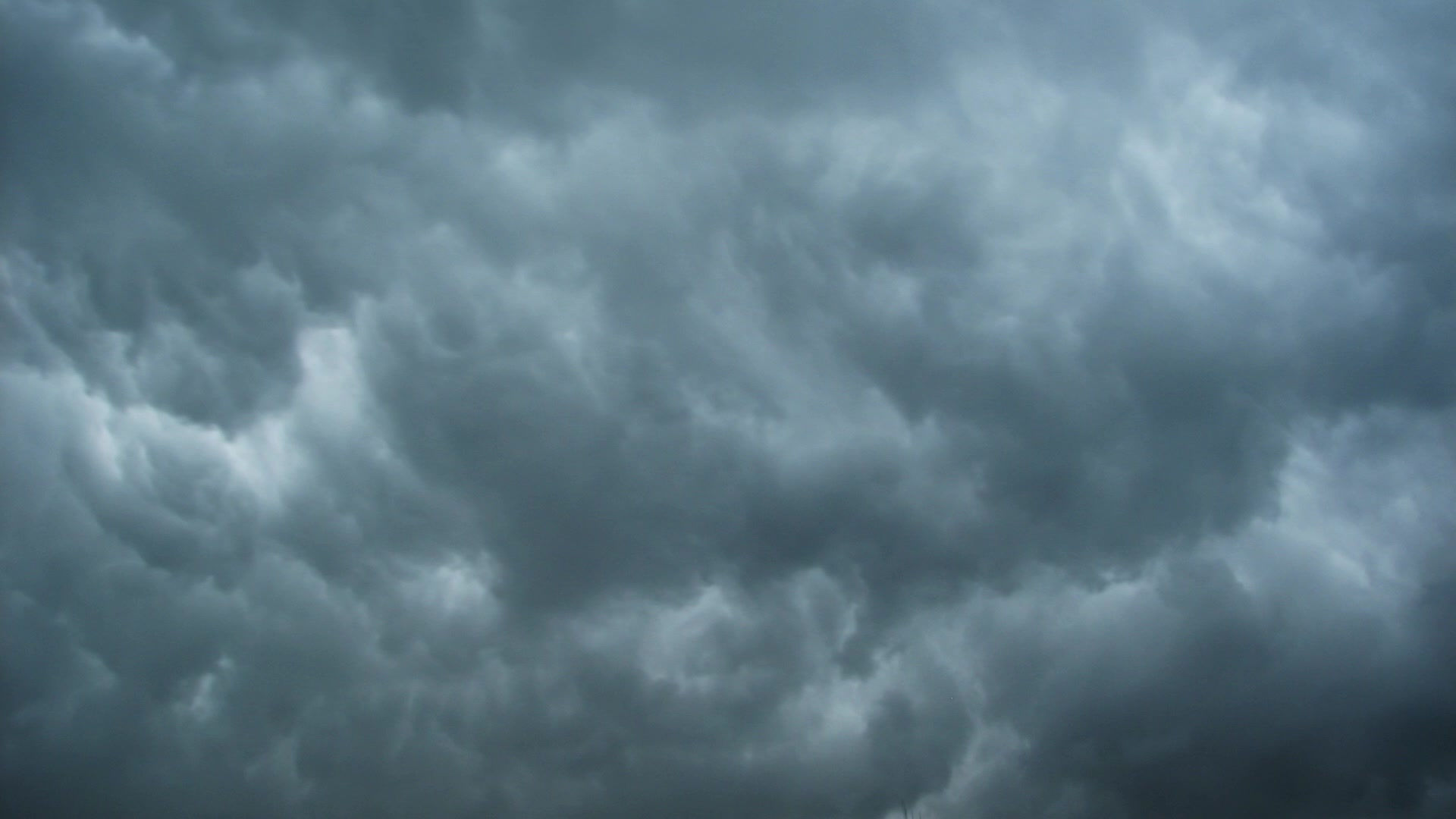
1. The subway could one day be “flood[ed] with a storm surge of between seven and 13 feet” (Rice) and protected by flood defenses. However, per the other point discussed in the article: long term solutions are more viable than short term solutions, “climate change might necessitate radical alterations to the transit system, like moving back to elevated tracks” (Rice). For this solution to work, old elevated tracks could serve their original purpose again. Yet, this solution is not completely ideal as turning places like the High Line back into a railway would take away from the ecological sanctuary and public attraction of the High Line. Moreover, it will ruin the subway’s goal of decreasing congestion on the streets.
5. Although a competition was held to explore the possibilities for the High Line, many still wonder of the uses the High Line could have become. The area that the high line uses up could be used for the benefit of the public such as for housing. Affordable apartments could be built in this area for those who cannot afford the high cost of other apartments in the area. Under these apartments, store front businesses could open up, providing a greater job opportunity.
2. So far, most solutions our policymakers create including sea walls, flood defenses, storm-surge barriers, etc. are short term solutions meant that are killing off economical resources. Most climate change actions are not thinking in the inevitable long term catastrophe going to erupt (Rice), but perhaps its because there is no long term solution available. Engineers and ecologists are attempting to the best of their ability to come up with solutions, and the technology may just not be advanced enough to bring a single, definite, long-term solution. We should go with whatever protection is available to us now. When future technology arrives, futuristic solutions can come to existence.
3. Many see the High Line as a tourist destination or a New York attraction, forgetting the many native New Yorkers who use the walkway as a means of getting to work or home. According to an article by Architect Magazine, “[the] High Line has become a pedestrian parkway for locals” where “office workers [are] heading home, deftly weaving their way through the selfie-shooting hordes” (Jacobs). The High Line has turned into an alternative route for office workers, a benefit for both the worker and the High Line which attempts to promote environmental awareness.
4. Competition encourages people to think even more creatively than they already do. In creating one, people will be forced to look into already created solutions and look beyond that box. The chance of having their design chosen as the winner will also encourage people to think outside the box. Not only will this allow for the discovery of new productive designs, but the more people that join the competition, the more awareness about the topic is spread to policymakers, forcing them to take real action.
8. The addition of an entry fee to the high line could have a couple of possible effects. The entry fee could deter tourists who are not willing to pay the fee and thus would lead to less tourists visiting the high line. However, if the fee was kept to a minimum amount, then there will be people who are willing to pay it. While this may lower tourists rate. it may be a viable source of income for the high line. In addition to keeping the fees to a minimum, giving special perks to those who pay the fee would create a greater incentive for the tourists to visit the high line.
7. The architecture of the high line attempts to create subtle messages, in my opinion, in a theme of environmental protection. Some railway tracks still can be found in between grassy areas, where preserved plants root out of the tracks-- a reminder of what the High Line used to be and what it is now. The High Line also has many benches that stem from the ground. I found this to be symbolic of how the High Line is a way of making nature useful as a tool for public interest as well as for its own protection. Moreover, I observed many signs warning tourists or visitors to pay careful attention not to step on or hurt the plants as well as educational signs on what plants are here.
6. Dead Horse Bay is a beach in need of a deep clean if a deep clean will clear out the entire beach from thousands of shards of glass and remnants of thrown-out history. Similarly, the High Line was in need of its own kind of “cleaning” which is where the Friends of the High Line and the Department of Parks and Recreation opened its doors. If they were to open those same doors to Dead Horse Bay, then this area could collect its historical remnants for a museum on the beach, and publicize the beach for tourists and New Yorkers. However, this may present problems as there are those who would not want to pay a museum fee when they could travel to this beach and dig for historical antiques for free.